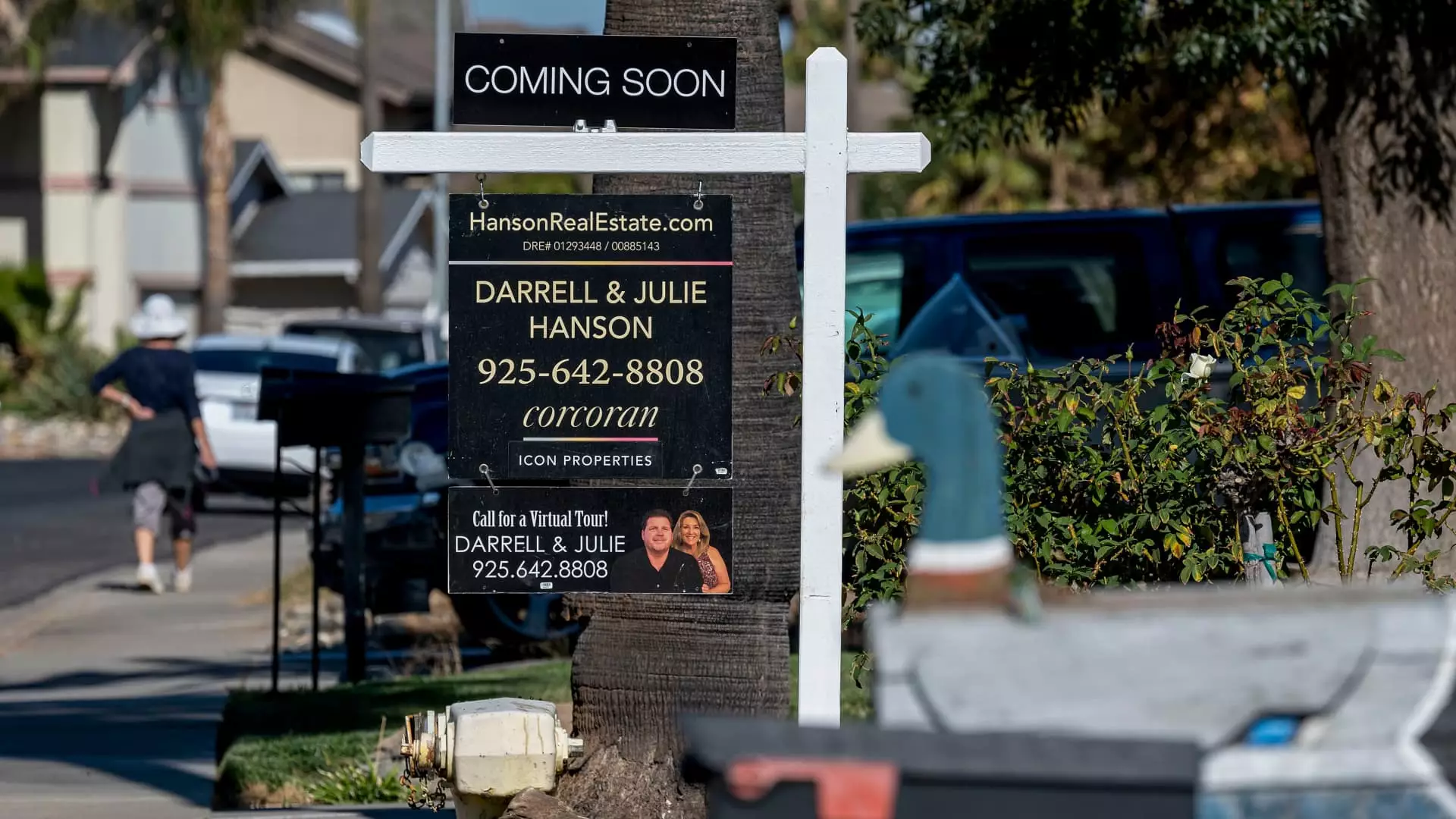The mortgage landscape saw an uptick in rates last week, gaming investors’ sentiments as they navigated the implications of a Trump presidency on the economy. After several weeks of a downward trend, application volumes remained relatively unchanged, inching up by 0.5%. According to the Mortgage Bankers Association’s seasonally adjusted index, this marginal increase marked the first rise in demand for mortgages after a seven-week slump. The average contract interest rate for a 30-year fixed-rate mortgage, with conforming loan balances capped at $766,550, reached 6.86%. This was up from 6.81%, revealing a slight shift in the balance of the market, where points also fell to 0.60 from 0.68.
The critical force behind this rise in mortgage rates was attributed to increasing Treasury yields as the market grapples with anticipated economic policies under the Trump administration. Joel Kan, the deputy chief economist at the Mortgage Bankers Association, emphasized that a recent Federal Reserve rate cut of 25 basis points had minimal influence on the already volatile market. As mortgage rates climb, refinancing activity slumped by 2%, marking its lowest point since May. Interestingly though, these numbers reflect a 43% increase from the same time last year when the rates were markedly higher.
Moreover, on the purchasing front, applications for new home loans saw a modest uptick of 2% week-on-week, and a 1% increase year-on-year. This indicates a peculiar environment for homebuyers who, although facing slightly lower rates than a year ago, are contending with increased home prices and a tight housing supply.
Highlighting market segments that bucked the trend, Kan noted that applicants seeking loans backed by the Federal Housing Administration (FHA) and U.S. Department of Veterans Affairs (VA) contributed significantly to demand. Applications for these loans increased 3% and 9%, respectively. Interestingly, FHA mortgage rates showed a decline, providing some relief to borrowers in an otherwise climbing interest rate environment. A slight rise in conventional loan applications also supports the contention that different segments of the market are experiencing diverse impacts from ongoing changes.
As mortgage rates ascended once again this week, largely due to a holiday-induced pause in trading, market analysts like Matthew Graham from Mortgage News Daily caution that navigating these complexities requires understanding the broader fiscal policies on the horizon. “The market continues to work through election-related volatility,” he explained, noting that this landscape involves multiple layers of uncertainty stemming from anticipated changes in fiscal policy over the coming years.
The mortgage market stands at a crossroads, influenced heavily by shifting political climates, economic policies, and consumer behaviors. While rates are on the rise, segments within the market display resilience. As potential homebuyers and investors readjust to fluctuating rates and changing economic realities, the navigating waters in the mortgage arena are likely to remain turbulent but full of opportunity.

